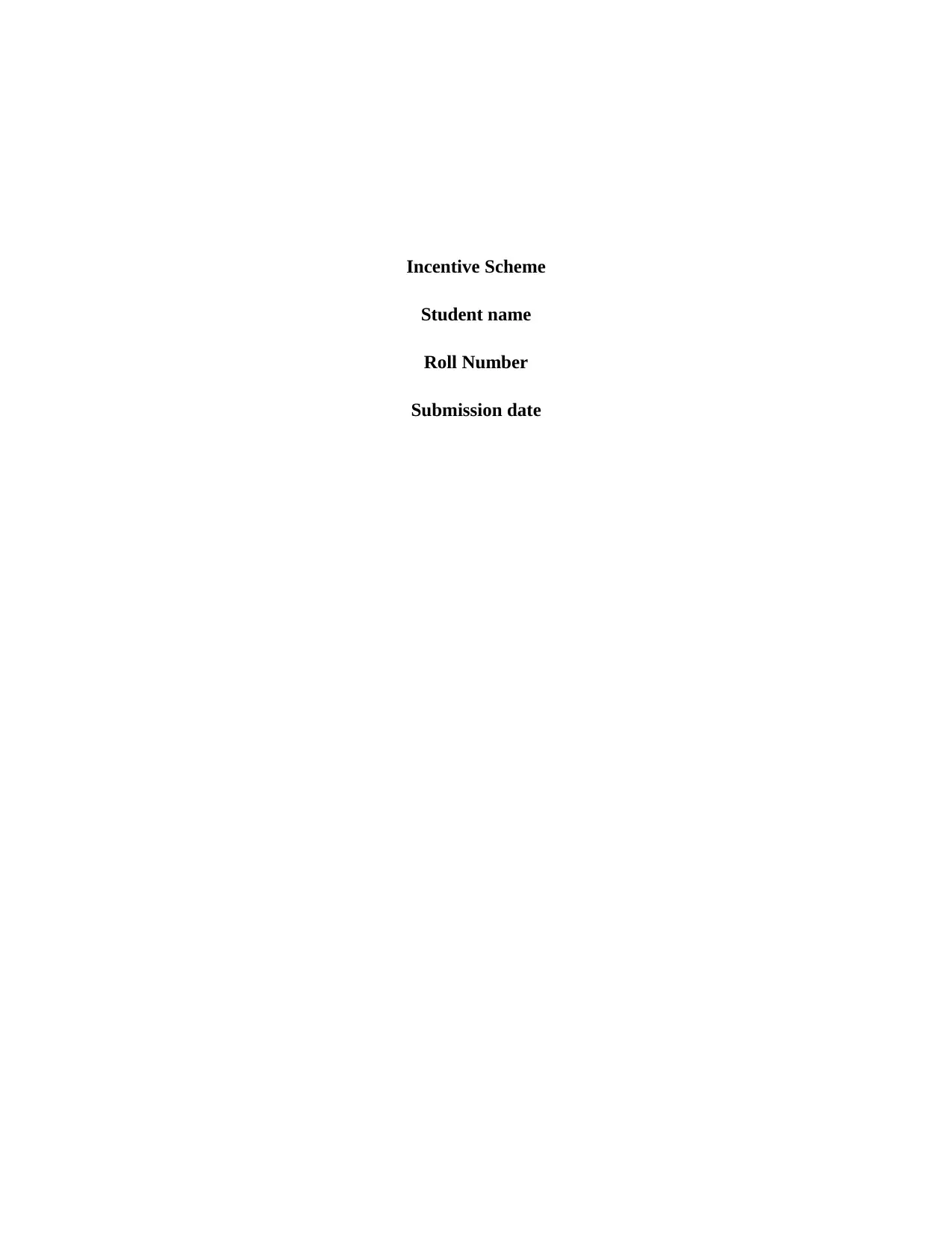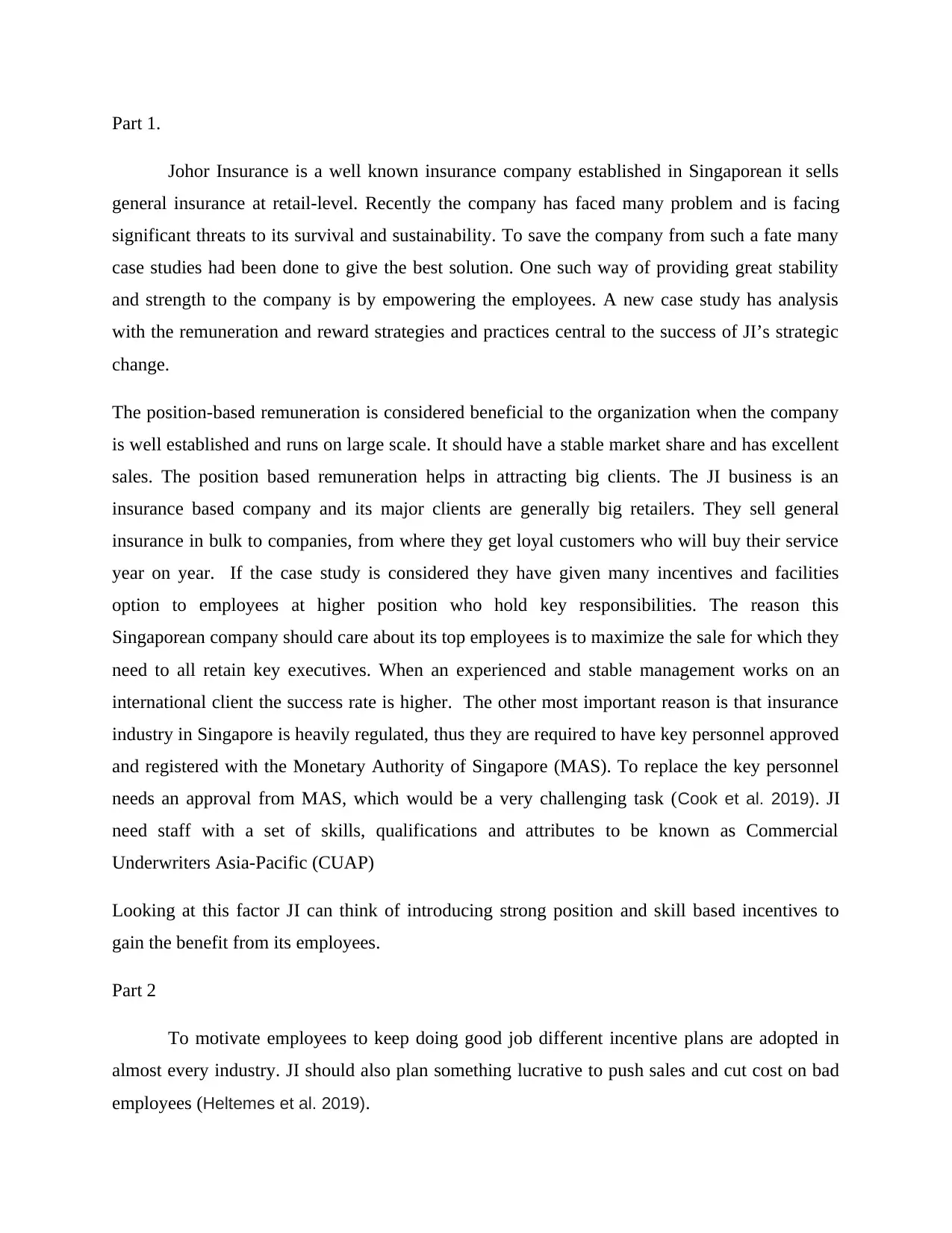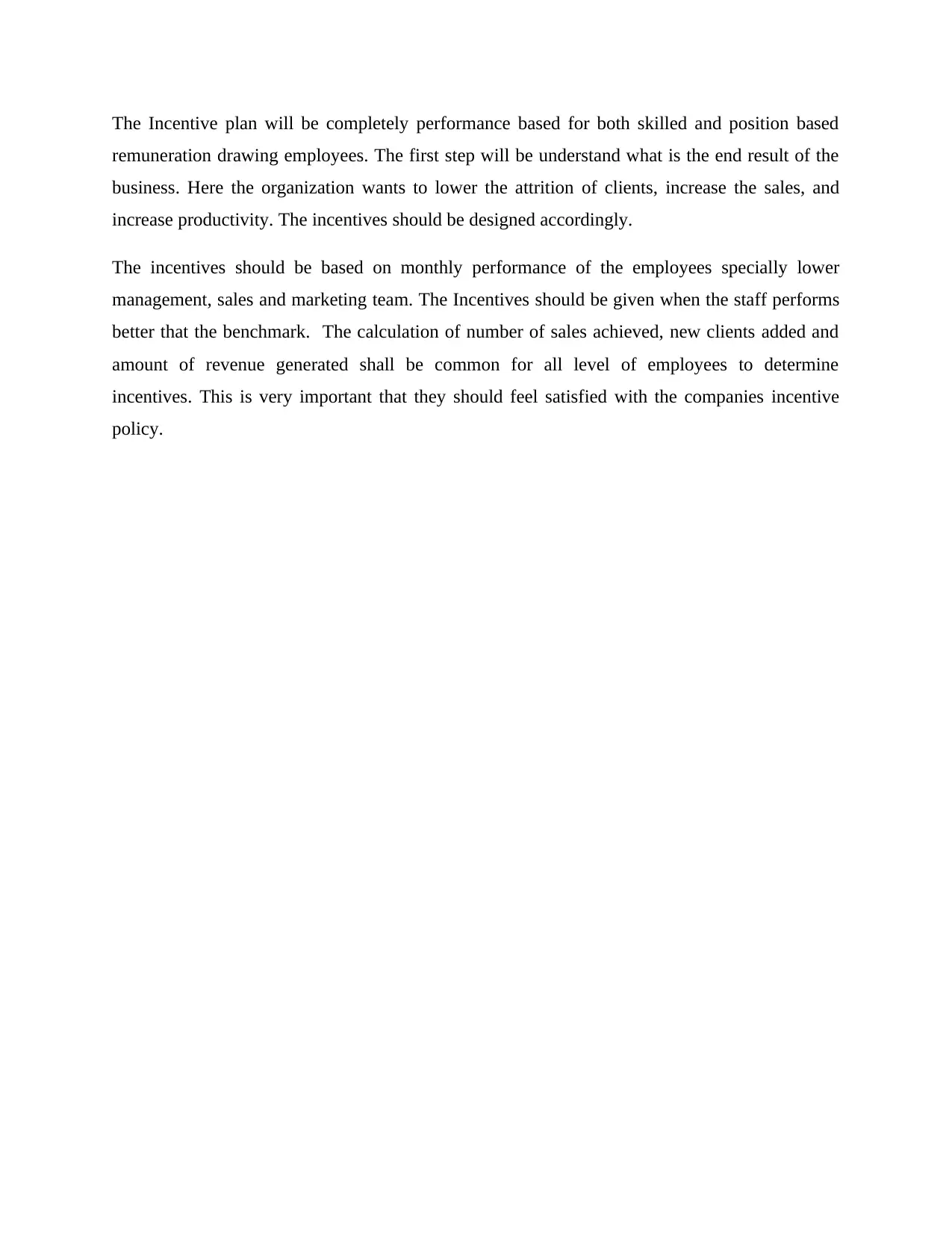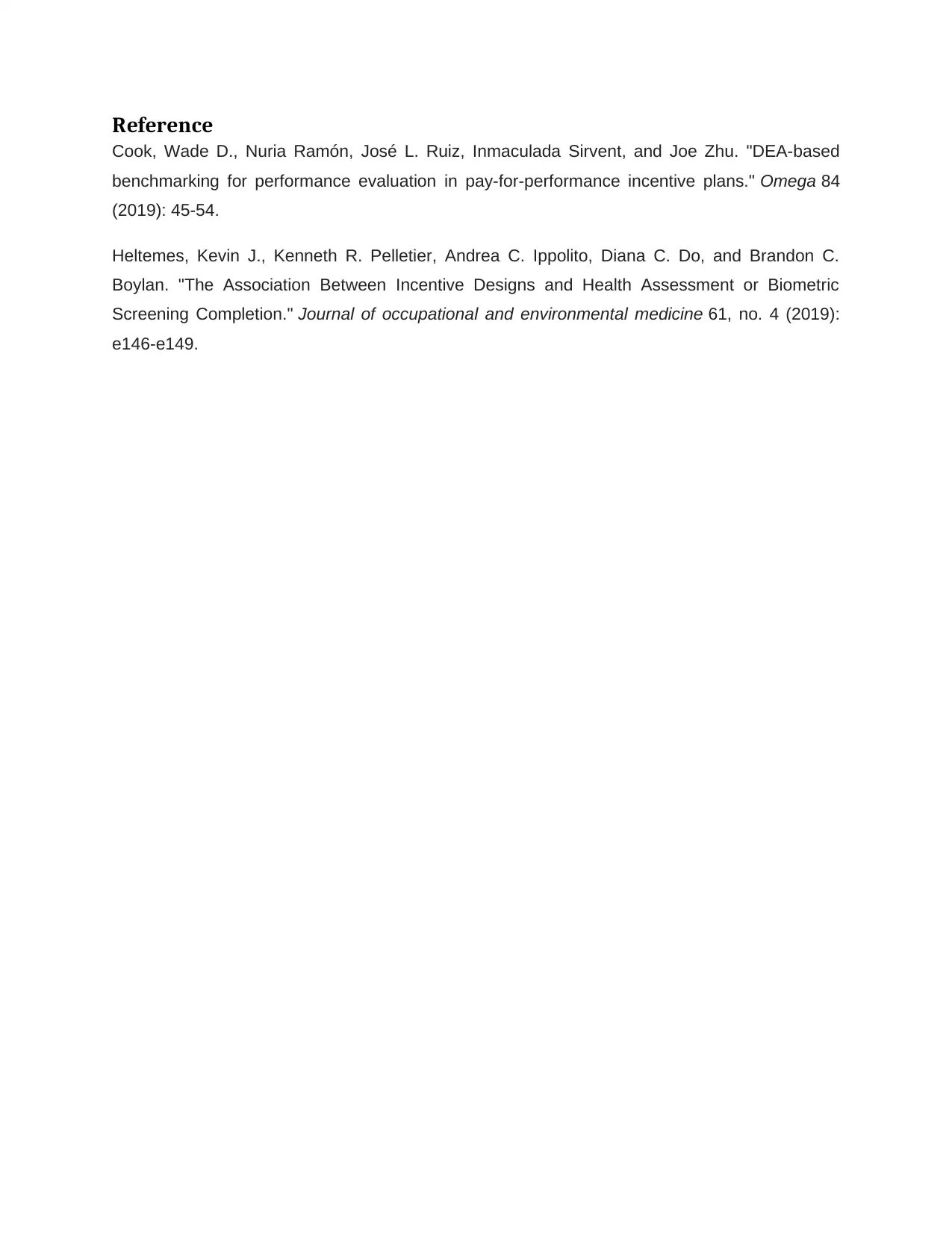Advanced Human Resource Perspectives: Johor Insurance Incentive Scheme
VerifiedAdded on 2022/11/17
|4
|641
|355
Case Study
AI Summary
This case study examines Johor Insurance (JI), a Singaporean insurance company facing challenges to its sustainability. The analysis focuses on remuneration, benefits, and reward strategies to improve JI's strategic change. The solution proposes a position and skill-based incentive scheme to motivate employees, particularly Commercial Underwriters Asia-Pacific (CUAP), to maximize sales, retain key personnel, and comply with Monetary Authority of Singapore (MAS) regulations. The proposed incentive plan is performance-based, designed to lower client attrition, increase sales, and boost productivity. Incentives are calculated based on monthly performance metrics like sales achieved, new clients added, and revenue generated, ensuring all employees feel satisfied with the policy. The study references relevant research to support its recommendations.
1 out of 4











![[object Object]](/_next/static/media/star-bottom.7253800d.svg)